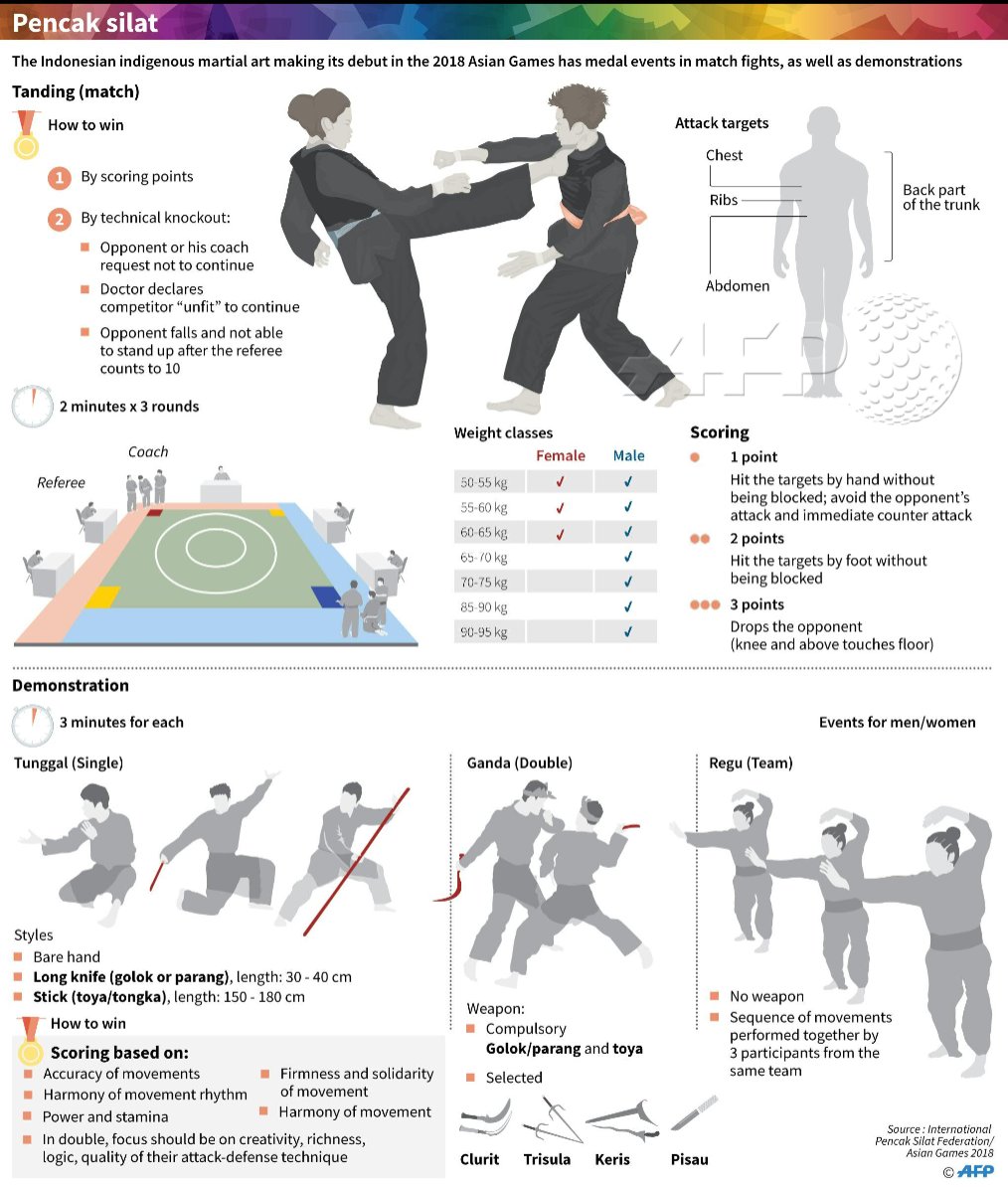Understanding The Essential Differences Between Typical Martial Arts And Modern Combat Sports
Understanding The Essential Differences Between Typical Martial Arts And Modern Combat Sports
Blog Article
Uploaded By-Keith Brady
When you think about martial arts, do you lean extra toward the conventional methods or the modern-day combat sporting activities? Each course uses one-of-a-kind advantages and experiences, formed by their ideologies and training approaches. https://tysonxelrx.loginblogin.com/42566061/discover-the-keys-of-taekwondo-s-belt-degrees-from-white-to-black-this-overview-has-every-little-thing-you-need-to-know-dive-in-currently and discipline, while contemporary combat sports concentrate on competition and efficiency. Comprehending these distinctions can lead you in picking the right strategy for your journey. But just how do these distinctions show up in training and viewpoint?
The Approach and History Behind Traditional Martial arts
While lots of people link martial arts with physical combat, the viewpoint and history behind typical martial arts run much deeper. You'll locate that these self-controls highlight individual growth, discipline, and respect.
Originating from ancient techniques, conventional martial arts were commonly created for Self-Defense and spiritual development. They symbolize concepts such as balance, harmony, and self-discipline, directing specialists past simple combating skills.
As you educate, you'll not only learn techniques however additionally obtain understandings into the society and worths that shaped these arts. https://www.dailycomet.com/story/news/local/2023/02/06/former-students-recall-nicholls-martial-arts-teachers-profound-impact/69858879007/ and practices, usually given with generations, cultivate a feeling of community and belonging.
The Affordable Nature of Modern Fight Sports
Modern combat sports have actually changed the landscape of martial arts right into a highly competitive arena, where athletes take on in an examination of skill, technique, and endurance.
You'll discover that competitions are typically organized with strict rules and policies, guaranteeing fair game and safety and security. These events draw in huge target markets, fueling the enjoyment and strength of competitions.
Athletes train carefully, not just for physical expertise yet likewise for psychological strength, knowing that every detail counts in the ring. The adrenaline thrill throughout competitions is apparent, as competitors push their limits to assert success.
Followers value the athleticism and artistry included, making contemporary battle sporting activities a thrilling phenomenon that continues to progress and astound lovers around the globe.
Training Approaches and Strategies: A Relative Analysis
The affordable ambience of modern combat sports demands cutting-edge training techniques that differ substantially from typical martial arts.
In link webpage , you'll concentrate on particular techniques, sparring, and conditioning, usually making use of drills that mimic actual fight situations. You'll see a focus on measurable performance and frequent competitors to assess your abilities.
In contrast, standard martial arts focus on kinds, katas, and thoughtful mentors, frequently emphasizing self-control and respect over competition.
Training is typically less extreme and might include repetitive technique instead of real-time sparring.
While both techniques construct skill and health and fitness, modern-day fight sporting activities offer a more vibrant and versatile training atmosphere, preparing you for instant difficulties in the ring or cage.
Select the course that straightens with your objectives and passions.
Verdict
In picking in between typical martial arts and contemporary combat sports, it really comes down to what you value the majority of. If you're seeking individual growth, discipline, and a feeling of area, typical arts might be your finest fit. But if you grow on competition and real-time obstacles, contemporary combat sporting activities could be the way to go. Ultimately, both courses provide distinct advantages, so it's everything about straightening your training with your individual objectives and rate of interests.
